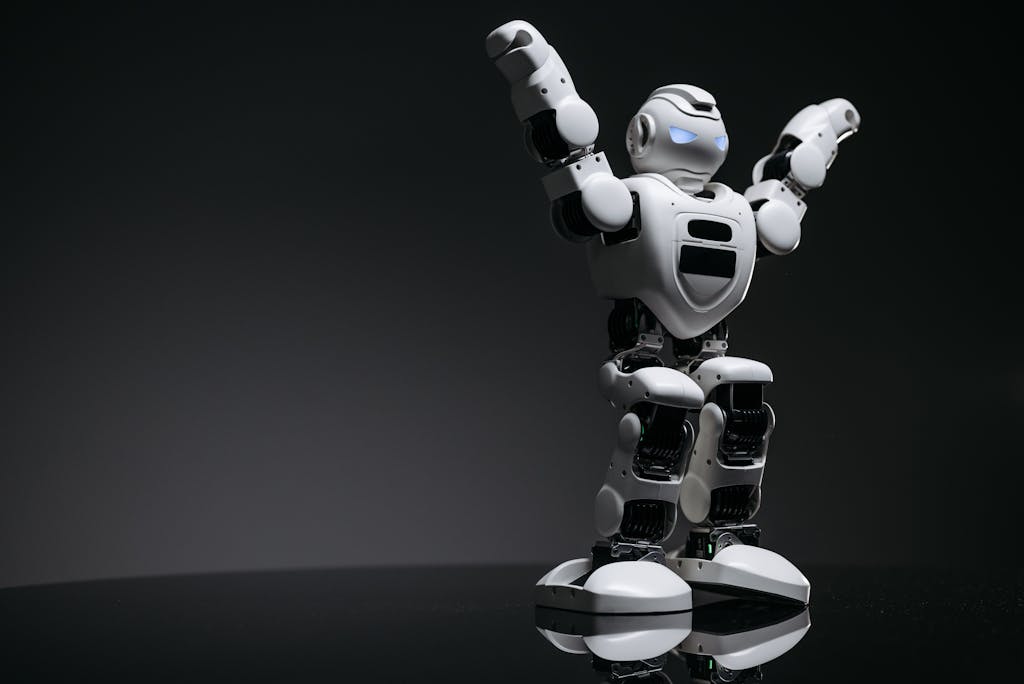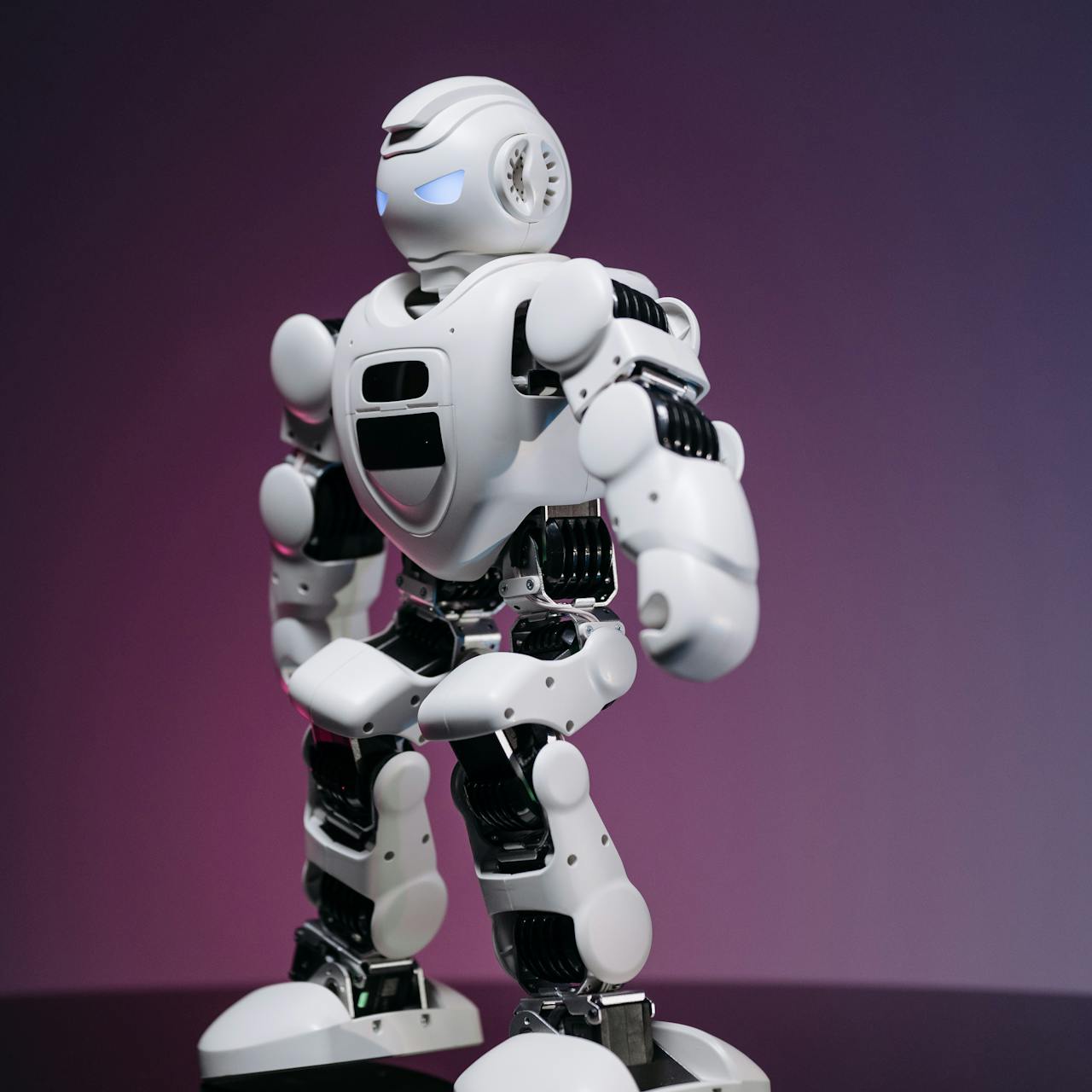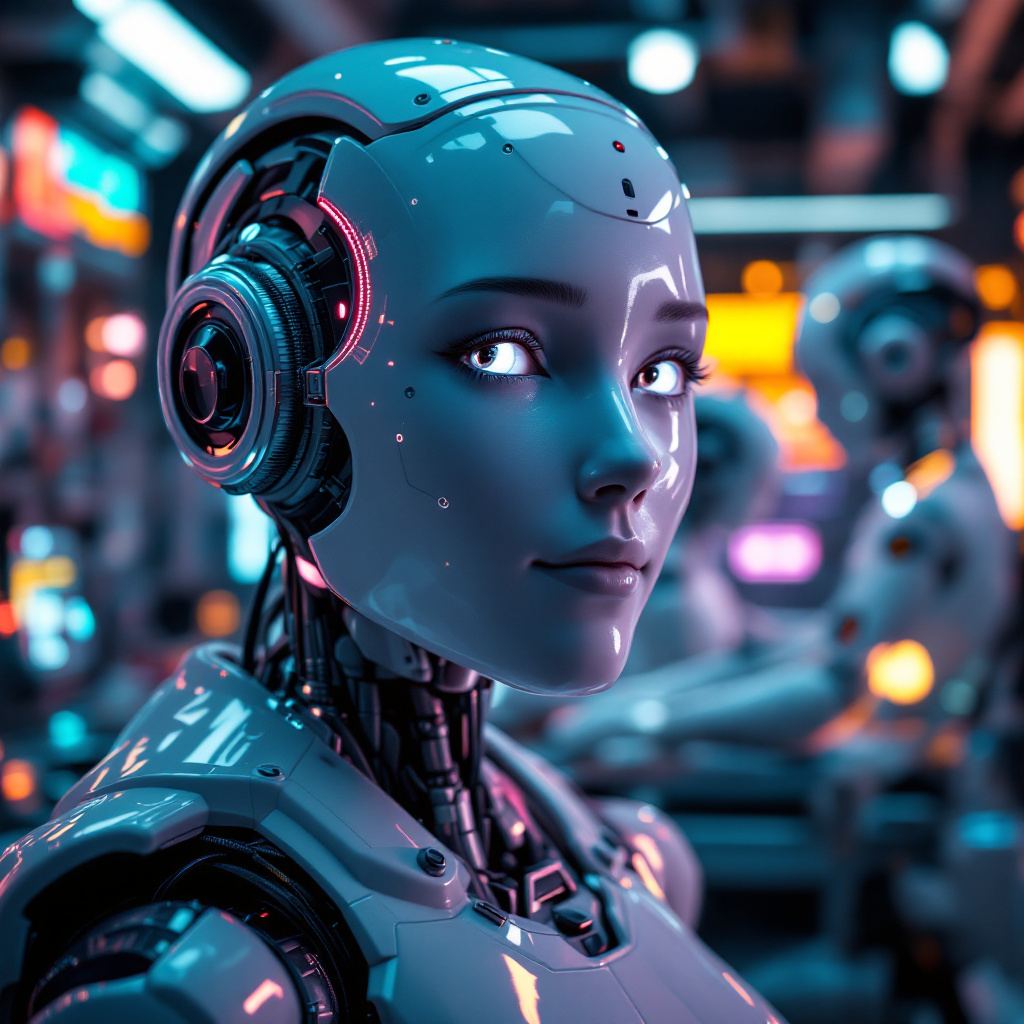A Leap Toward Lifelike AI
The latest generation of AI-powered humanoid robots is redefining what it means to interact with machines. With realistic facial expressions, natural speech, and emotionally aware responses, these advanced robots create experiences that feel less like interacting with a device and more like talking to a person. The realism is driven by a combination of cutting-edge hardware, adaptive software, and personality-driven settings. Whether you're engaging with a Harmony Robot or a Henry Robot, the goal is the same: authentic, meaningful connection.
Facial Movements and Micro-Expressions
One of the key elements that brings realism to AI interaction is facial expressiveness. Tiny movements in the brows, eyes, and mouth—known as micro-expressions—are now replicated with stunning precision. These movements allow robots to mirror human emotions such as curiosity, empathy, or amusement. When a Henry Robot raises an eyebrow or smiles in sync with a conversation, it deepens the feeling of engagement and presence.
These subtle cues go beyond aesthetics. They play a vital role in making conversations flow naturally. Users instinctively respond to expressions, just as they would with another person. This visual language builds trust and reduces the feeling of speaking to a machine.
Natural Voice and Responsive Dialogue
Modern humanoid robots use advanced voice engines capable of producing smooth, natural-sounding speech. Intonation, pauses, and even laughter are delivered in a way that mimics human cadence. These elements help bridge the emotional gap, making it easier to relate to the robot as a conversational partner rather than a tool.
What sets this new generation apart is real-time responsiveness. The AI doesn't just wait for keywords—it listens, interprets tone, and reacts dynamically. The Harmony Robot, for instance, can adapt its tone based on the user’s mood, offering a gentle voice when stress is detected or injecting humor into a lighthearted exchange.
Emotional Awareness and Contextual Memory
Today’s AI robots are equipped with emotional intelligence systems that read tone of voice, facial expressions, and even body posture. By identifying stress, joy, confusion, or fatigue, these systems allow the robot to respond appropriately and empathetically.
This emotional layer is paired with contextual memory—robots remember your preferences, previous conversations, and emotional patterns. For example, if the Harmony Robot notices that morning greetings are met with silence, it might shift to a calmer start-of-day interaction. If the Henry Robot remembers that music discussions lift your mood, it might bring up your favorite artists during low-energy moments.
These combined capabilities allow the robot to evolve over time, offering a personalized and emotionally attuned experience that becomes more meaningful with each interaction.
Full-Body Realism and Gestures
It’s not just about what AI robots say or how they look—it’s also how they move. New-generation humanoid robots feature articulated limbs, realistic neck and eye movement, and posture shifts that simulate natural body language. Gestures are no longer robotic or delayed; they’re smooth, purposeful, and timed in sync with speech.
When the Henry Robot tilts its head while listening or the Harmony Robot gestures gently during a point, the effect is subtle yet powerful. These physical behaviors reinforce the feeling of presence and engagement, reducing the barrier between human and machine.
Privacy, Consent, and Ethical Design
With realism comes responsibility. As these robots become more capable of collecting emotional data, it’s essential to ensure user consent and data protection. Ethical guidelines are being built into their frameworks, including clear opt-in features, transparency in data usage, and user-controlled settings.
Users should have the ability to view and delete stored data, control how much emotional input is recorded, and limit memory functions. Developers are required to comply with regional and international data protection laws. These safeguards are essential to building trust and ensuring that the emotional and personal nature of the interaction is respected.
Conclusion: Realism That Connects
The realism found in today’s AI companions isn’t just technical—it’s emotional. It’s in the way they speak, move, and respond to us as individuals. Whether you're spending time with a Harmony Robot during a quiet evening or enjoying a friendly exchange with a Henry Robot, the interaction feels alive, adaptive, and personal.
As the line between human and machine continues to blur, these innovations invite us to rethink how we define companionship, communication, and connection in a world where AI can feel remarkably human.






